Exploring Japan's Kawaii Culture: Why Cute Things Reign Supreme

Welcome to the world of kawaii, where everything is irresistibly cute and charming. From kawaii cafes and fashion to products featuring uber-cute characters, Japan kawaii culture has expanded drastically since its inception in the late 1900s. With kawaii culture everywhere you look in Japan, this cute movement has remained prevalent throughout the country.
In fact, it has become relatively common to use the word "kawaii" in Japanese culture, with its wide application to products, characters, fashion, people, and more. It has even influenced countries outside of Asia, including the US, Canada, and various European locations. This adoration for kawaii items has even led to websites like Sugoi Mart offering a plethora of kawaii merchandise to global customers.
Below, we explore Japan's love of all things cute, from the origins of kawaii to ways to immerse yourself in this ongoing integral aspect of Japanese pop culture.
What is Kawaii Culture?

In Japan, kawaii means cute or lovable. Yet, this word is much more than a simple meaning. Japan kawaii culture encompasses a wide variety of categories that play a crucial part in the daily lives of its citizens. Many citizens of Japan (and elsewhere) enjoy kawaii culture for its childlike innocence, which can prompt people to remain a child at heart. For others, it offers an escape from stressful work and other obligations. It's also been connected to Shintoism due to the belief that people are viewed as the children of gods/deities. Thus, it can be viewed as a spiritual or religious connection to all things kawaii.
Because of the deep connections between Japanese kawaii culture and the citizens of the country, it has permeated nearly every aspect of daily life, including home decor, fashion trends, technology, advertising, attractions, restaurants, and more. Not only does this impact visible items, but kawaii culture has also been connected to improving the emotional state of Japanese citizens, encouraging happiness, and promoting focus and attention.
The Origins and History of Kawaii Culture

The origins of kawaii culture in Japan began as a rebellion against societal norms. Japanese kawaii culture has its beginnings at the start of the 1900s, when young girls began using 'maru-moji' handwriting instead of the previously rigid types of handwriting deemed appropriate. This new style of writing the Japanese language consisted of more rounded writing, which was seen as "childlike." Because of its connotations with feminity and "kawaii-ness," it's often still used in various types of advertisements and designs that want to appear approachable or friendly.
After World War II, Japan saw a significant, positive economic shift, which prompted its citizens to explore consumer culture. This economic boom provided the perfect atmosphere for Japan kawaii culture to thrive. In the 60s-70s, Shōjo Manga was developed, a form of manga specifically geared toward girls between 8-18 years old. The artistic styles showcased in this type of manga included kawaii characteristics, such as large eyes, that helped propel the idea of kawaii further into Japanese popular culture.
Continued Evolution of Kawaii Culture in Japan
1974 was an important year in Japanese kawaii culture, as this year the beloved Hello Kitty character was first introduced to the public by Sanrio. This character saw quick popularity in Japan, leading to global merchandise offerings beginning only a year later.
From there, additional styles of kawaii characters were developed, including Gurokawa, which is a combination of creepy cute and grotesque cute, and Yumekama, which includes a dreamy aspect for characters. These types of kawaii styles are typically seen in anime and manga characters.
The spread of kawaii continued globally, with celebrities donning kawaii fashion in the 1990s in America. These celebrities wore items featuring kawaii characters, like Hello Kitty, normalizing the kawaii trend outside of Japan. Since then, the kawaii movement has continued to expand to other areas of Japanese modern culture and modern culture in other countries. Now, it's common to see kawaii mascots in advertising and kawaii aesthetics in various clothing styles such as Lolita fashion, art, products, etc. It's even common to see kawaii food and restaurants.
Japanese Kawaii Characters
While the kawaii culture trend may have begun as a rebellion, it was propelled forward by the introduction of Japanese kawaii characters. As mentioned, the release of Hello Kitty products catapulted the kawaii movement throughout Japan and into various locations, including the US and Europe. The cute expressions and innocence of the characters have created a booming consumer culture centered around kawaii products. Below are additional details on some of the most influential kawaii characters.
My Melody
Another Sanrio character who helped spread kawaii culture is My Melody, the best friend of Hello Kitty. She's a character based on Little Red Riding Hood. Like Little Red Riding Hood, My Melody was gifted a red hood from her grandmother that she wore every day. Eventually, she gave her red hood to her cousin, and she has worn a similar pink hood since then. Her character, with a cute flower/bow on her head and adorable expressions, is the embodiment of kawaii culture.
Rilakkuma
This cute kawaii brown bear randomly appeared at Kaoru's door one day; so this character has no specific backstory. What is known is his favorite pastime - napping! He also enjoys lounging, relaxing, and snacking. With his cuddly appearance and cute hobbies, it's no wonder this character is beloved by many. He has dominated the kawaii character space since the early 2000s, when he first appeared. Rilakkuma, like other cute characters, has allowed the kawaii movement to continue to expand due to his cuteness and popularity.
Sanrio Vs. San-X: The Masters of Kawaii
Sanrio has produced cult-like following with its characters, mainly due to one product in particular - plushies. These stuffed animals have become widely popular due to their soft, squishy material and adorable features. For some, Sanrio plushies have become a way of life, with bedroom walls adorned with shrines of plushies like Cinnamoroll plush, Hello Kitty plush, and Pompompurin plush, and holiday plushies like the Pokemon Paldea's Christmas Market Pikachu Plush.
They can even be incorporated into fashion looks. Sundays in Japan are often seen as a cosplay day, where friends meet up dressed as their favorite character. Once dressed up, they walk around Harajuku, Shibuya, or Ikebukuro often holding a plushie, and statement kawaii accessories like this Sanrio Puroland My Sweet Piano Face-Shaped Purse.
San-X is another major leader in the kawaii character market who is famous for characters like Rilakkuma, the lazy relaxing bear, who has its own stop-motion anime series, and Sumikko Gurashi, a group named for the humanized animals and food characters. Among the eccentric characters of Sumikko Gurashi are Shirokuma, a white bear who hates the cold, Penguin?, a penguin who has no self confidence, Tonkatsu a pork cutlet, and Ebifurai no Shippo a deep-fried shrimp.
Just like Sanrio characters, you can find these adorable, nervous characters in many different forms like backpacks, crane game machines, and even curry rice molds. Sumikko Gurashi merchandise comes in a variety of shapes and sizes, including a DIY pancake set, a crane game, or even a cute curry rice mold!
The Role of Kawaii in Japanese Fashion
Kawaii culture in Japan has helped develop unique kawaii fashion styles, from Lolita to Decora and Fairy Kei. Each of these fashion trends/styles incorporates various cute aspects, from the entire style being cute to cute accessories. Initially, kawaii fashion began with softer colors and makeup, which made the wearer appear to have childlike features, such as smaller lips.
Since then, it has evolved into various styles which include Japan kawaii culture in a mash up with punk styles, gothic clothes, and even bold colors and accessories. Each of these styles is devolved from the concept of kawaii culture, intending to perpetuate a cute appearance. Anything which provides a "youthful" appearance can be considered kawaii fashion, including oversized t-shirts and layered jewelry.
Cute Japanese Food: A Feast for the Eyes

As mentioned, kawaii culture does not stop at merchandise or fashion. It has also expanded into cute Japanese food. These adorable food items often feature kawaii characters. Though they can also feature shapes, decorations, or simply any design that makes them appear cute. The Japan cute food options range from themed bento boxes to adorable desserts!
For example, character cafes are well-known for offering kawaii food. These cafes typically include a theme around a popular character, like Hello Kitty, who is already kawaii. Then, the restaurants will curate food items which feature Hello Kitty's face or bow. These items can include cafe drinks (like cappuchinos), rice dishes, soups, and more.
Kawaii food can also be found at various attractions throughout Japan. One such location is Sanrio Puroland, a theme park dedicated to the cutest Sanrio characters. Throughout the theme park, there are various restaurants and cafes, each featuring character-themed items.
Why Does Japan Love Cute Things?

So, why does Japan love cute things? Multiple reasons have arisen for Japan's love of kawaii culture. For many, it's an easy way to escape the demands of long work schedules and stressful adult roles (such as parenting). By selecting items that have a cute appearance, consumers can increase the happiness in their lives for even just a few moments.
Others enjoy the childlike innocence portrayed in kawaii items, which can produce a protective instinct. For some people, enjoying kawaii videos or products helps relieve stress and anxiety. Multiple studies have been done to test the psychological effects of kawaii items on individuals in Japan. One study noted increased focus, while another showed improvement in various tasks right after students viewed a kawaii video. Japanese kawaii culture impacts each individual differently, though there are many reasons for appreciating the cute characters, merchandise, fashion, and more which has emerged due to the movement.
Experiencing Kawaii Culture in Japan

To fully understand kawaii culture in Japan, one must experience it firsthand. Multiple areas, attractions, and restaurants in Japan provide a kawaii experience. For example, themed cafes can provide a gateway into Japan kawaii culture. Often, these themed cafes feature cute mascots, kawaii decor, and adorable food items, each offering a peek into the world of kawaii.
Another top destination for those interested in kawaii culture is Harajuku District, a location credited with birthing the concept of kawaii culture. Here, visitors can explore various shops which offer kawaii merchandise and fashion pieces along with themed restaurants/cafes. Additionally, it's an ideal location for people-watching, as those who enjoy dressing in kawaii styles can often be spotted in the area.
If you want to immerse yourself more fully in kawaii-ness, spending the day in Harajuku will provide plenty of opportunities to embrace kawaii culture. The easiest way to embrace Japan's kawaii movement is by purchasing a few cute accessories from the local shops. Those interested in a more in-depth experience can buy and wear a kawaii outfit around Harajuku while exploring the shops and cafes.
DIY Kawaii Stuffed Toys

Within the plushie universe, Japanese stuffed animals are also called Amigurumi - a crocheted or knitted stuffed toy. In the 1980’s this crafting technique became increasingly popular in the kawaii movement, allowing people to create their own kawaii characters and kawaii aesthetic. It offered Japanese people an outlet to encourage their love of kawaii items.
Amigurumi vary in size, shape and color with no restrictions to their appearance. The popularity of these cuddly creatures extended to the West in 2003, and became a hit quickly. These DIY stuffed toys even became one of the most popular purchased items on a global marketplace that sells unique and creative goods. Since then, amigurumi has amassed a large community following, just like plushies.
Kawaii Merchandise on Sugoi Mart
With Sugoi Mart, you can fulfill your kawaii culture dreams without having to travel further than your front door! Sugoi Mart's Kawaii Collection includes a wide array of items from beloved kawaii brands like Sanrio and Animal Crossing. Among the many items, you'll find a large selection of plush toys, accessories, stationery, snacks, and more, all with a kawaii flair. This collection also includes Japan-exclusive, seasonal, and limited-edition products! Here are a few must-have kawaii items:
Sugoi Mart Deluxe Pokemon Lucky Bag
This Sugoi Mart Deluxe Pokemon Lucky Bag is the perfect option for those who want to amp up their kawaii products but aren't sure where to start. Each lucky bag includes eight to ten high-value Pokemon-themed items, including Pokemon cards, plushies, figures, and more. These items all feature Japanese kawaii characters from Pokemon, like Squirtle and Pikachu. Bags include a hand-picked array of items and are shipped randomly, so it's exciting to uncover what's in your lucky bag.
Pokemon Eevee Bath Bomb
This bathbomb is the perfect option for kawaii self-care. Each Pokemon Eevee Bath Bomb provides a relaxing atmosphere and a surprise figure of Eevee. Featuring a chamomile scent for ultimate relaxation, this bathbomb is a must-have for spa nights.
My Neighbor Totoro Sakura Bowl
This elegant My Neighbor Totoro Sakura Bowl includes a beautiful cherry blossom and Totoro design. It's perfect for daily meals as you can use it to hold everything from rice to noodles and soup. This stunning bowl will also impress any guests who dine at your home.
Conclusion
Though kawaii culture began in a small district in Japan, it has since grown to impact global pop culture in many aspects. From well-known celebrities wearing kawaii fashion (like K-pop stars and actors) to advertisements with cute characters, the kawaii movement has infiltrated many aspects of daily life in Japan and throughout the world!
Include kawaii aesthetics in your life to encourage some extra happiness and focus! Whether you prefer incorporating cute plushies to your bookshelf or wearing kawaii accessories, there's plenty of ways to start incorporating kawaii culture into your daily routine.
Easily add a touch of cuteness to your life (and daily routine!) with kawaii products from Sugoi Mart's extensive collection. From accessories to kitchen appliances, toys, plushies, stationery, and more, you'll find any kawaii merchandise you could want, and more! Head to Sugoi Mart now for even more cuteness.
Subscribe to Sugoi Mart's newsletter to receive the most up-to-date information on new kawaii merchandise and exclusive offers!








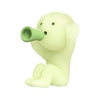


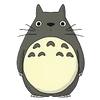




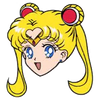
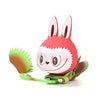
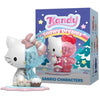
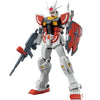




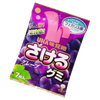
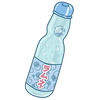






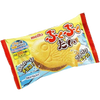



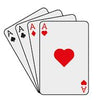


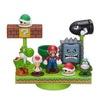



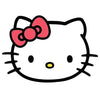


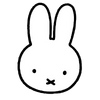





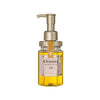


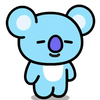
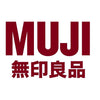
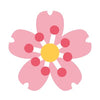
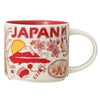

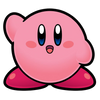
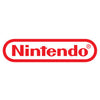













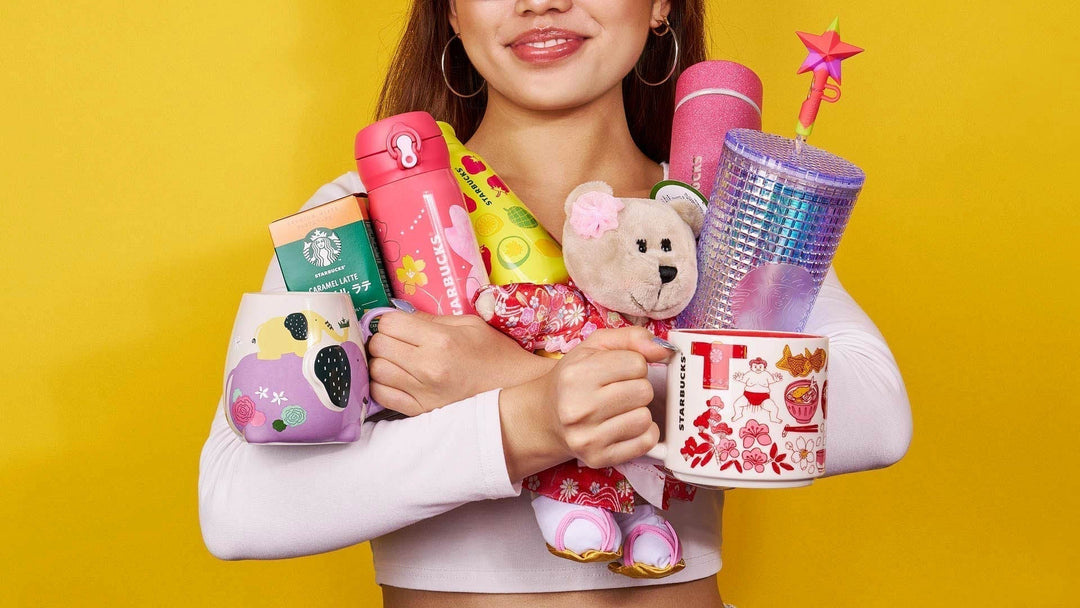
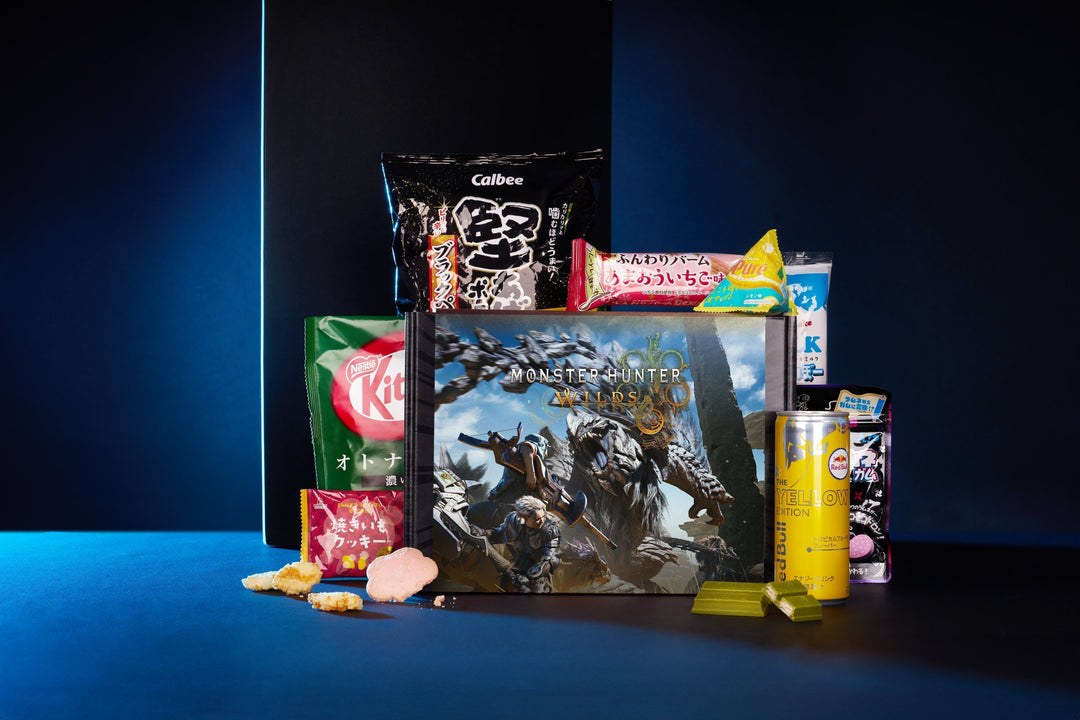
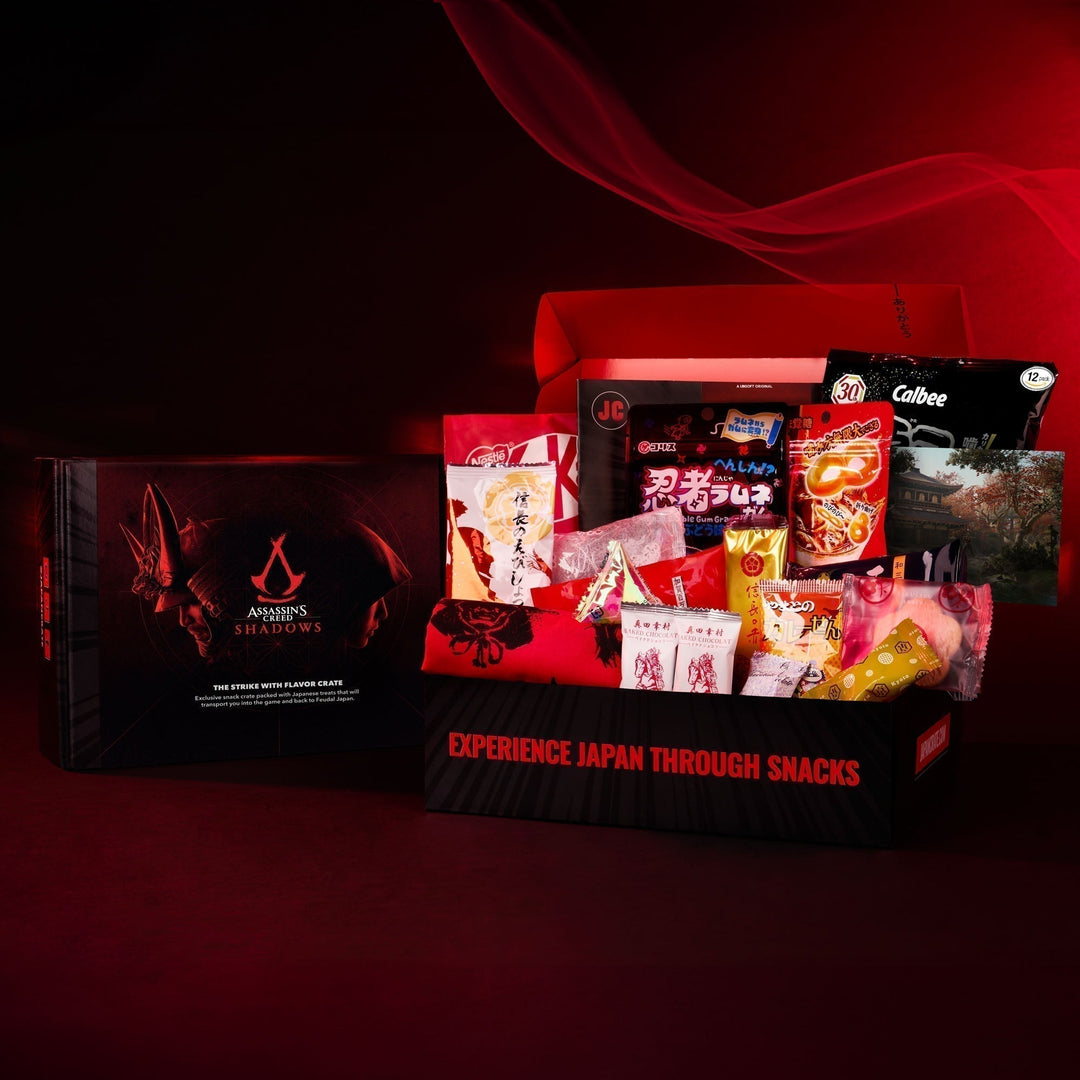
Leave a comment